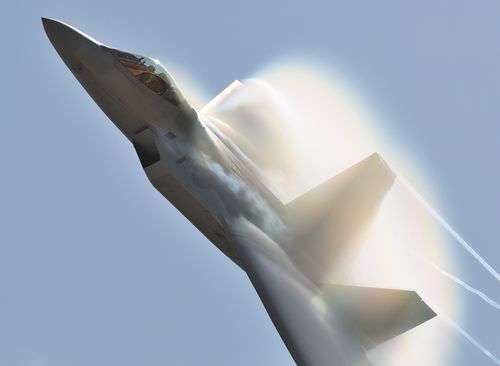Defense News publishes an annual list of the top 100 defense contractors. But the 2020 Defense News Top 100 does more than just identify leading players in the industry. With some careful analysis, it can offer a snapshot of the current state of defense contracting and hints at what the future might hold. Let’s take a look at which companies top the list, and what trends and takeaways federal contracting companies of all sizes should be aware of.
1. Stagnation among the top 5 spots
A glance at the six leading names in the 2020 Defense News Top 100 would look remarkably similar to past years’ reports. Lockheed Martin has held the No. 1 spot since 2003 — and the company has been the top U.S. contractor by sales for 40 years running.
The same four enterprises have similarly occupied the second to fifth places for several years as well. This year, they rank in order as Boeing, General Dynamics, Northrop Grumman and Raytheon. Typically in 1 of the top 6 spots, BAE systems has fallen to No. 7 this year.
Most major changes in ranking come as a result of mergers, acquisitions and divestitures. For instance, Raytheon Technologies Corporation — a result of the April 2020 merger between Raytheon Company and United Technologies Corporation — was listed for the first time as a signal entity in this year’s list.
 “The appearance of U.S. Department of Defense (DoD) visual information does not imply or constitute DoD endorsement.”
“The appearance of U.S. Department of Defense (DoD) visual information does not imply or constitute DoD endorsement.”2. Growing influence of Chinese enterprises
Eight Chinese companies have taken spots in the 2020 Defense News Top 100 — and the outlet predicts more Chinese contractors will lead the global defense market in the next several years.
“Because these enterprises are state-owned and often part of large, diversified enterprises, the data for annual sales is difficult to obtain,” Defense News author Byron Callan noted in a 2019 assessment, explaining the omission of Chinese companies in the past.
However, the relatively recent inclusion of Chinese companies paints a different picture compared to previous reports. And they aren’t trailing behind U.S. and European entities; they’re clustered at the top of the list. All eight contractors occupy places in the top 24, meaning that China’s state-owned enterprises make up one-third of the top quarter of the list.
Also, it is important to note that the data reflects the activities of an active, international market. Companies are listed by country of origin, but it is not specified what percentage of sales came from their home country, the U.S. or another foreign nation.
3. Stability in spite of the coronavirus pandemic
According to Defense News authors Doug Berenson and Chris Higgins, “Although the defense sector has faced pandemic-related business disruptions, it remains a safe haven, with most defense-oriented firms reporting only modest impact on revenues and profits.”
Most companies that make the list each year follow one of three business models. They either primarily serve the government and defense sectors, serve both defense and commercial clients or operate as industrial conglomerates serving markets far and wide. Enterprises whose commercial markets have been severely impacted by COVID-19 — such as aviation leaders like Boeing — have leaned heavily on the defense market over the past year, according to Berenson and Higgins.
4. Some industry leaders may yet be missing
The ranking methodology is largely dependent on sales data provided by the companies in question. As a result, several influential companies are missing from the 2020 list.
Examples Callan noted in his 2020 Defense News Top 100 analysis include several major players in the U.S. such as SpaceX and BWX Technologies, as well as large defense contractors based in Japan, Spain, Russia, Poland, Australia and India.
Despite the fact that these enterprises remain off the list, at least for the time being, industry analysts still emphasize the importance of keeping an eye on their significant — and, in the case of SpaceX, highly disruptive — contributions to defense contracting.


